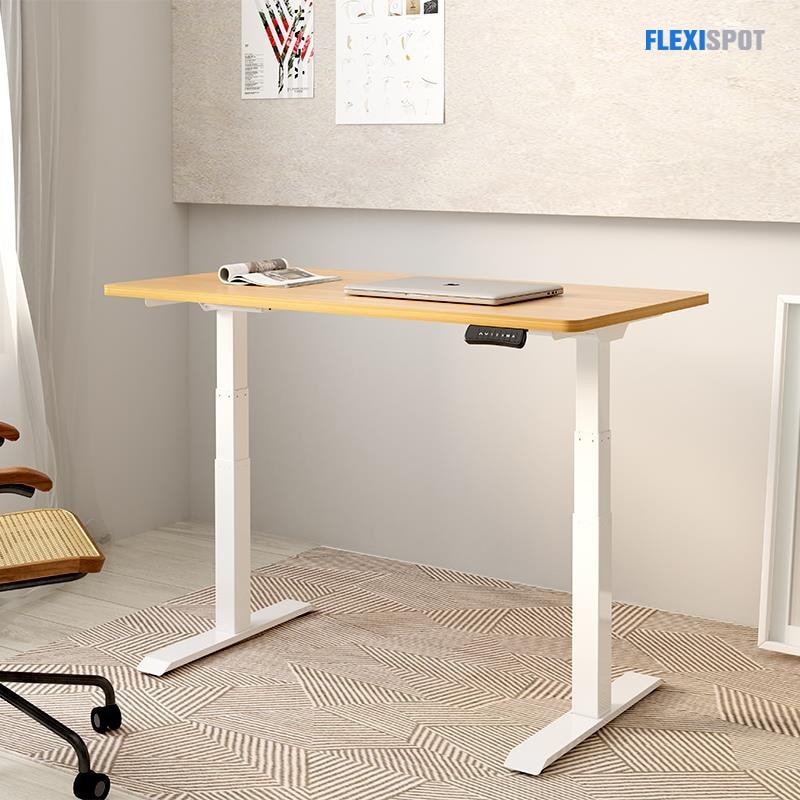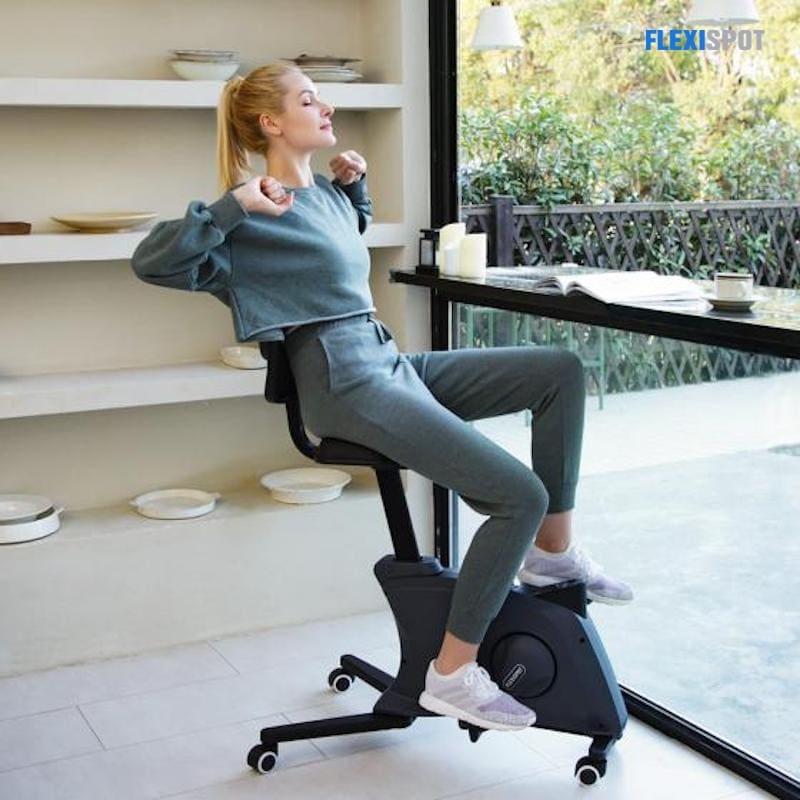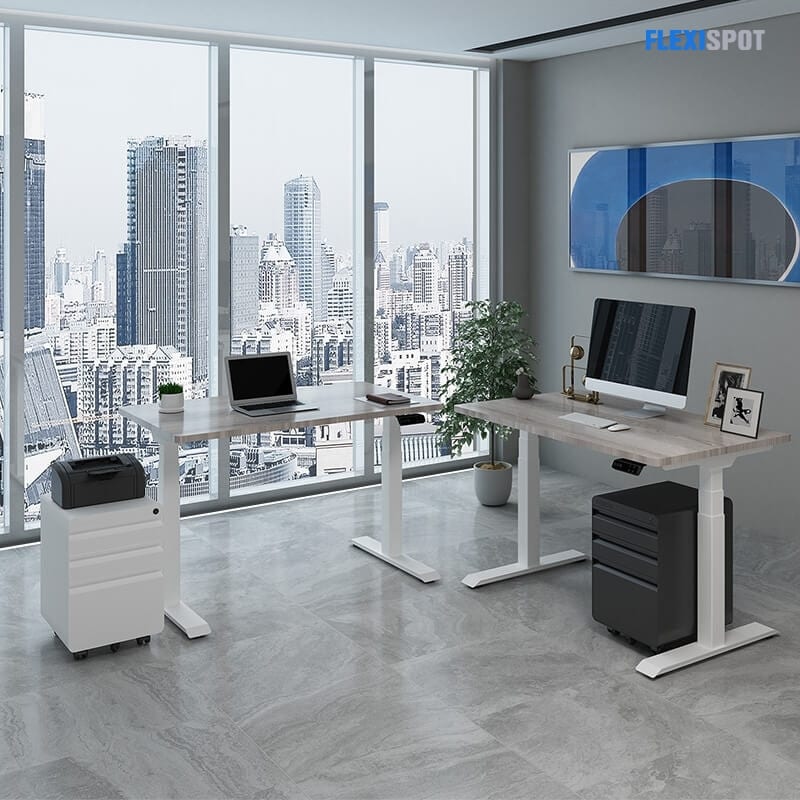It’s your first time attempting to do a headstand. You rest your head on the mat, hold your hands together, put it above your head, and thrust your legs upward. Your upside-down body immediately looks for a wall to lean on because it’s falling to the other side instead of doing your goal to stand with your head. You do it over and over again until you are able to shift the right amount of weight to your core, shoulders, and upper back. You hold that headstand for a minute and more.
In sports science, there is a principle that is known as SAID or Specific Adaptation to Imposed Demand. According to Better Movement, it means that “when the body is placed under some form of stress, it starts to make adaptations that will allow the body to get better at withstanding that specific form of stress in the future.” In other words, the body adapts and gets better through practice.
It is important to note, however, that there is the right amount of stress you should subject your body to. Moderation is key. If the stress isn’t enough, your body won’t be able to adapt and if the stress is too much, your body may experience burnout or injury.
Scope Chiropractic, a Sports Injury, and Rehab Clinic asserts that the SAID principle helps us understand our daily habits. If we spend our whole day slouching while working on our desktops, our body would eventually adapt to that and be used to having our backs curved.
Since our bodies adapt to consistent habits, we could use this principle to impact positive change in our daily lives. If we want to straighten our backs, maybe getting a Flexispot Ergonomic Office Chair would help it adjust to a straight line. Sports Science and Interior Design may be two different fields but if we incorporate the SAID principle in the way we design our home environments or workspaces, then maybe we could encourage movement and our bodies will eventually adapt to this kind of set-up. Even making the minutest tweaks can make a big difference. Here are some FlexiSpot products that could help us incorporate more movement in our daily lives:
Standing Desk
Instead of just sitting the whole day, a standing desk will allow us to move freely by shifting positions, from sitting to standing to stretching and then back again to where we started. Movement helps turn on our brain for us to be able to focus more and finish our tasks at hand.
What’s great with FlexiSpot’s design is that it’s easy and smooth to adjust the desk to whatever height we desire. It’s also space-saving, occupying vertical space instead of consuming floor area that may limit our movement.
All-in-One Desk Bike
Using a chair that promotes active movement instead of the usual static chair will automatically give us leverage to move more. We could turn a sedentary task such as sitting into an active exercise by simply rolling our feet on the bike pedals. If we do this every day and once our body has adapted to the routine, we could adjust the resistance levels of the bike for an extra harder challenge to exercise our legs further. It’s also not hard to track progress because the bike comes with an Integrated Digital Display that shows workout time, calories burned, and speed.
Floating Shelves
We could experiment with different heights and place the things that we use on a daily basis on a higher or a lower floating shelf. This forces us to move by reaching upward or downward in order to get what we need and do the same movement again when we return the item after use. What FlexiSpot offers are a stylish, sturdy, and spacious shelf that is easy to install.
Mobile File Cabinet
Since FlexiSpot’s file cabinets come with rollers, it’s easy to move the storage boxes around. Again to encourage movement and make our bodies adapt to it, we could place the cabinets far away from our workstations to force us to walk towards it, back to Point 1, and then walk again when we have to return the product that we used. The key here is to always return what we got from where we got it to make our bodies move and adapt to it.
While this may seem inconvenient for some, incorporating movement in our daily lives reaps a lot of benefits for our overall health and daily performance in work and in life. COVID-19 has limited our movements to the corners of our house. We don’t get our daily walks outside or our weekly stroll in the market. We rarely go out for a run or even just stand up to dress or visit our friends. Most of the time, we are just glued to our screens while lounging at the couch and eating our favorite chips---a habit we have been used to since the pandemic hit. Applying the SAID principle can help us unlearn these learned habits day by day, especially if we do not feel motivated to change these energy-sucking behavior patterns.
Physical Health
Moving helps regulate and improve blood flow. Blood transfers oxygen to the cells in our bodies and also carries away waste products. Thus, proper blood flow nourishes our skin as well as throws out cellular debris and toxins especially when it passes through the liver.
The movement also increases lymph activity that regenerates our body tissue and makes our immune system healthy. If we up the ante and get ourselves to exercise more regularly, blood flow circulation and lymph activity become even better.
Energy and Mood Booster
Proper blood flow helps the heart and lungs to work more efficiently which only means we will be energized throughout the day. Endorphins are also released after an exercise, making us feel more confident and less stressed. If we feel down, it’s also probably because we don’t move around as much as we used to.
Work Productivity
When our energy levels are up, we feel more motivated to work and we finish more tasks. Having the right amount of energy and using enough of it will prevent burnout and will thus inspire us to work harder and better.
Final Thoughts
Bridging two different industries together could bring about innovative approaches to help improve lives. Using the SAID principle in sports science as a guide to design space could be further explored and hopefully, promote overall better health and work performance.




